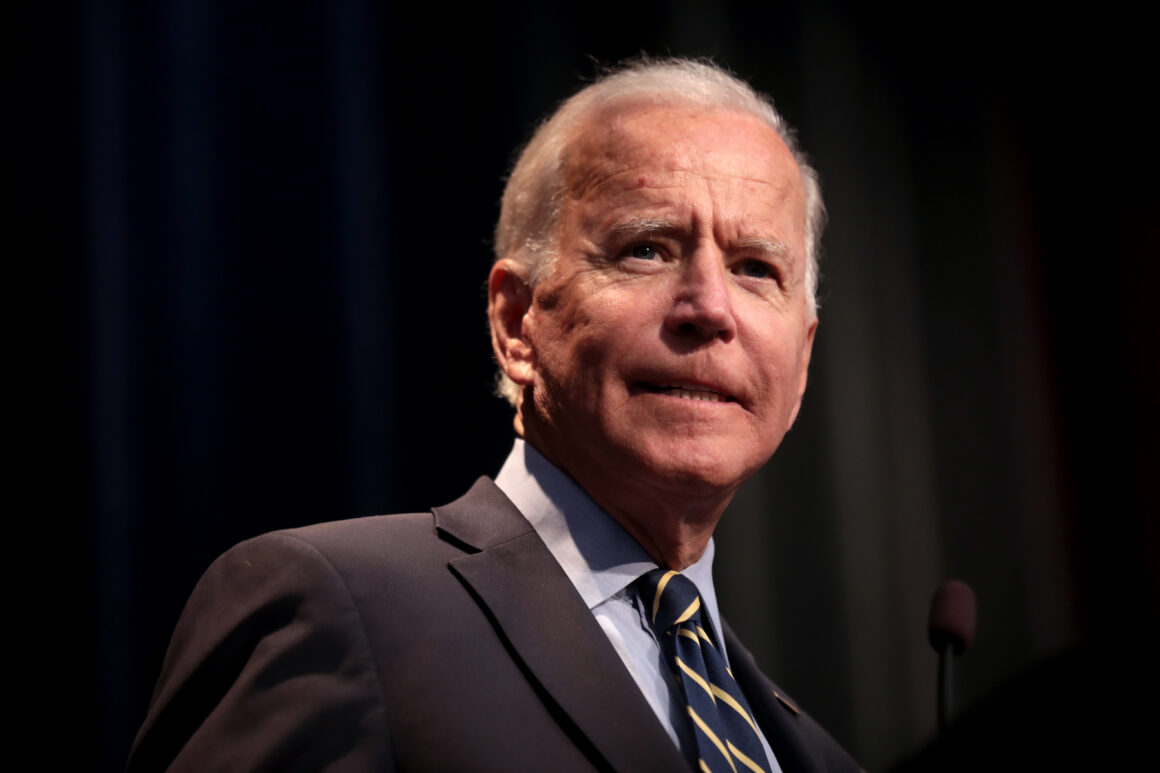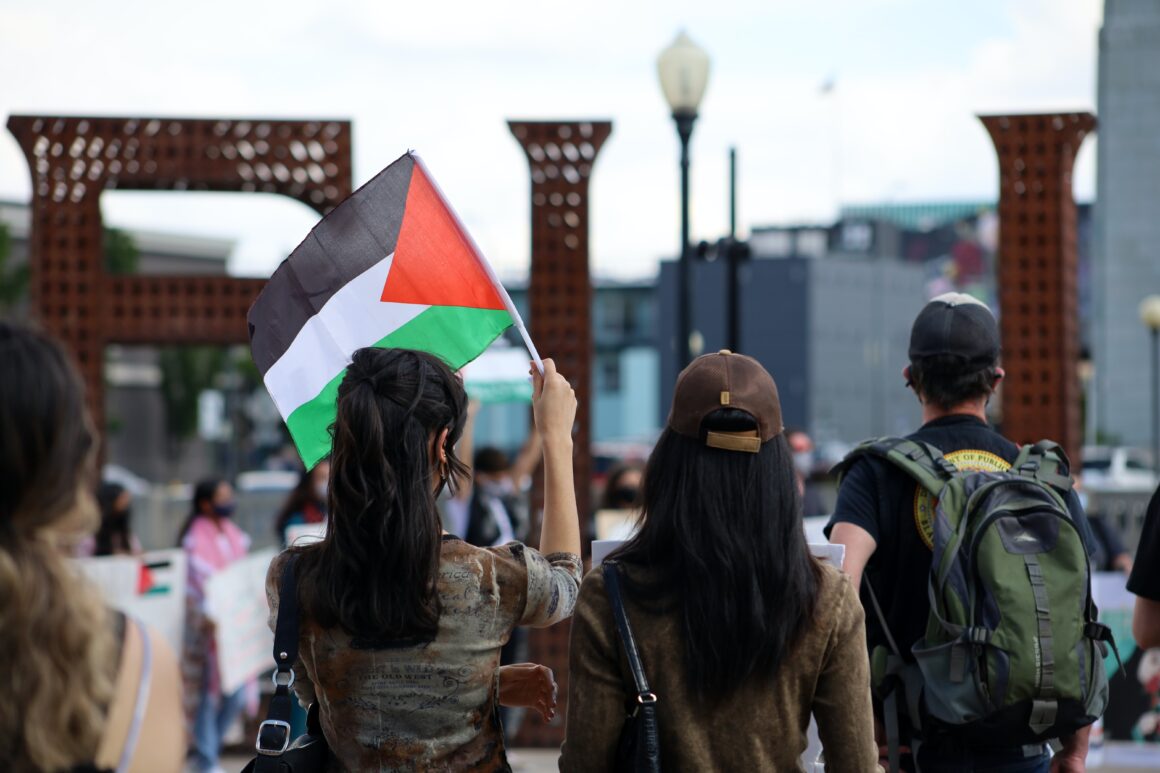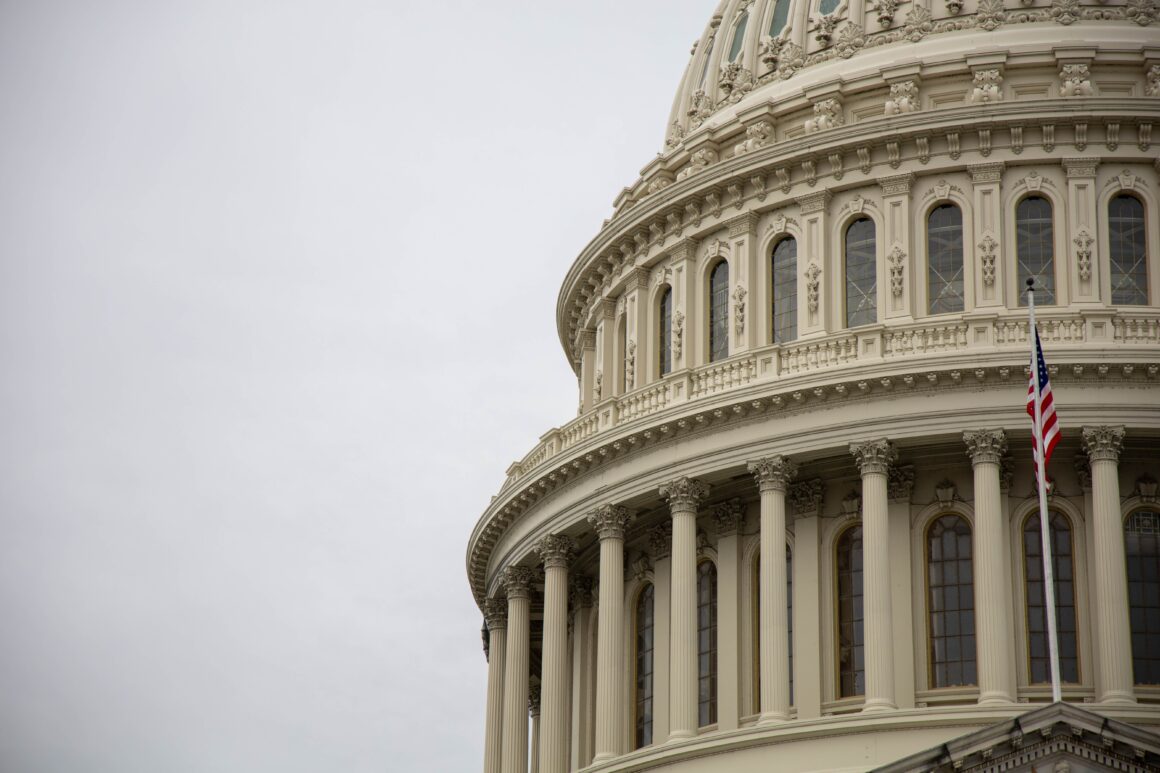The legalization of marijuana for both recreational and medical usage has been a recurring hot topic globally for years. From the hippies and free thinkers of the new age in the 70s to people nowadays- consumption of marijuana and the THC it contains that gets the user high is almost normalized, in some places more than others. While only a handful of U.S. states have medical marijuana legalized, an even smaller amount (just 8 out of the 50) have legalized recreational use of pot.
If you don’t already know, marijuana, or Cannabis sativa, is a plant that can be smoked to get the THC chemical in a person’s system. The chemical produces a mind or body high. T.H.C. can also be consumed other ways, like through edible foods or vaporizers. The plant is widely used; its euphoric effects help some relax after a long day at work, or relieves menstrual or muscle pain. Hemp, the physical plant material, is a versatile and strong alternative for various things like lumber.
While recreational cannabis usage is illegal and punishable by law in most countries, more allow for medicinal use. None have completely legalized recreational usage (besides Uruguay), but Canada and it’s liberal government lead by Prime Minister Justin Trudeau is one step ahead of the rest. The country plans to pass a legislation next month, April 2017, that will “legalize recreational marijuana use nationally by Canada Day 2018”.
Trudeau stresses to Canadians that as of right now “we haven’t changed the laws. We haven’t legalized it yet”, and users at this moment would be breaking the law.
Cannabis would be federally legal, but providences would be able to set their own laws regarding age and price. Citizens wanting to grow the plant could grow up to four plants. These lenient guidelines will give citizens a decent amount of freedom with how they’d like to reap the benefits of the legalization of the plant.




